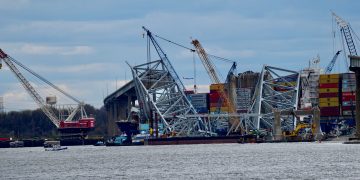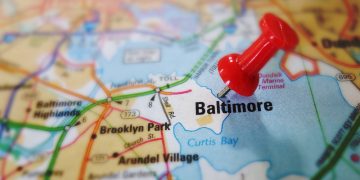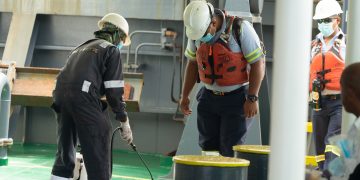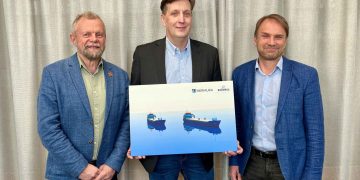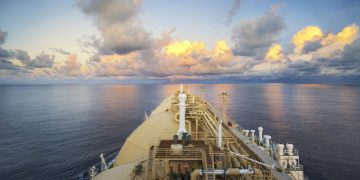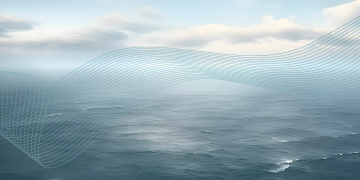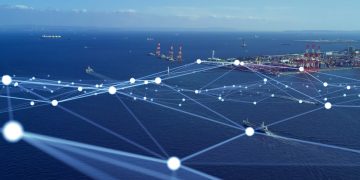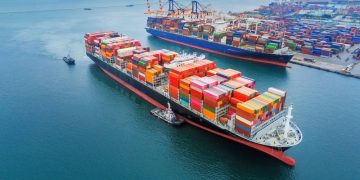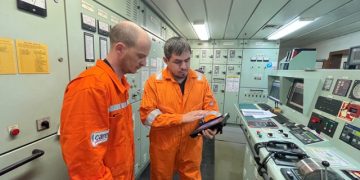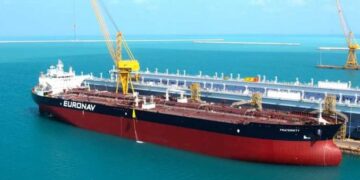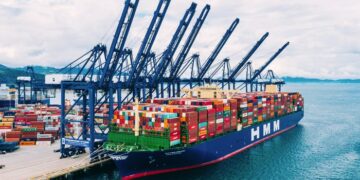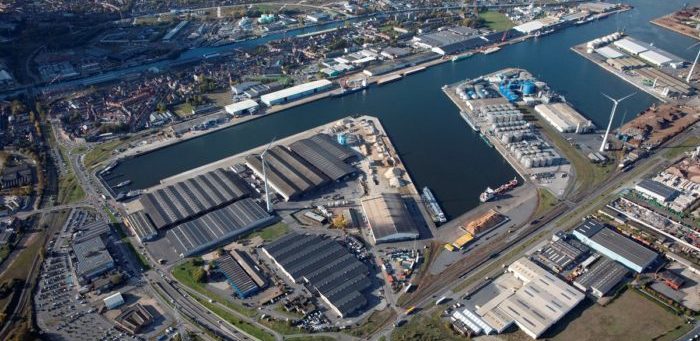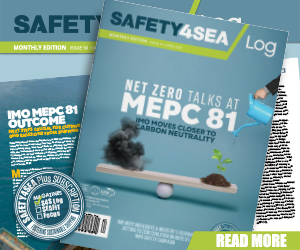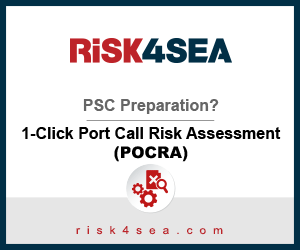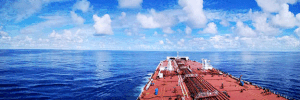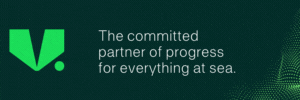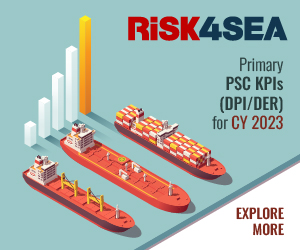A recent study conducted by the North Sea Port along with relevant companies throughout the port area, showed that about 54% of goods are transported to the hinterland via means of island waterway shipping.
The North Sea Port made an extensive research based on which transportation option the companies regularly choose, in order to transport their goods to the hinterland. Companies’ first option was the island waterway ships, as they reported to have transferred 54% of cargo.
Coming second with a 30% was the transport via lorries and lastly via rail which marked 9% of goods’ transport. Moreover, the study presented that only a 7% of goods were chosen to be transferred from a vessel to another vessel, operation knows as transshipment .
The report was presented by the North Sea Port during its multimodal event. Shippers and logistics intermediaries attended the ‘Intermodal Marketplace’ event and had the ability to discuss about the rapidly increasing range of services which terminal and shipping companies provide.
The above mentioned parties, provide regular services from the North Sea Port to locations such as Antwerp, Rotterdam, Zeebrugge, Scandinavia, Spain, Italy, Great Britain, China, West Africa and South America by sea shipping (deep-sea and short-sea), rail and inland waterway shipping.
Moreover, through the study, North Sea Port can develop and examine the changes in the future’s modal shift. The port will continue working with shipping companies to further pursuing transportation by inland waterway shipping or transportation of containers in general.
Concluding, the study was conducted during the course of 2019 on the basis of 2018 figure. For the records, North Sea Port is the first merger port which creates such study. Considered as a top European port, North Sea Port is easy accessible to seagoing vessels from all over the world and makes trade operations in collaboration with Russia, the United Kingdom, Norway, Sweden, the Netherlands and many others.







